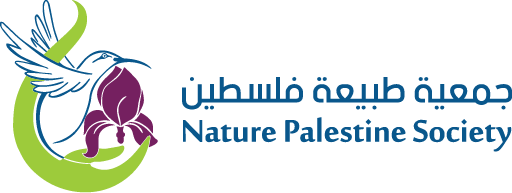Overview
The project will continue the effort of conserving threatened, endemic, and near-endemic plant species in the North Eastern region Key Biodiversity Area. The efforts will be focused on the three Iris species, namely; Iris lortetii, Iris Haynei, and Iris Atrofusca. The distribution range, population size, and major threats will be examined and evaluated. The IUCN status of iris lortetii will be examined and clarified through assessing its distribution range, population size, and evaluating existing data at the national and regional level. The project will also focus on building the capacity of Nature Palestine society as well as increasing public awareness.
Project Location:
Most of the activities took place within Tubas and the northern valley district, in the north-eastern and north central parts of the West Bank, Palestine. The KBA includes 7 nature reserves which are the focus of this study.
Key Biodiversity Area(s) Name: The North Eastern Slopes Region, Palestine.

The Study area:
The green polygon represents the boundaries of the study site (North Eastern Slopes Region KBA), while the smaller polygons located inside the KBA represent the 7 nature reserves within the KBA. The total area of the KBA is 304 km2.
Project objectives:
The project will focus on amplifying and building on achieved conservation actions implemented through the previously funded CEPF grant through focusing on the above-mentioned threats. Specifically, the project will focus on:
- Evaluating and documenting the distribution range and population size of Iris atrofusca, Iris lortetii and Iris Haynei in the North Easter slope regions KBA. The process will be supervised and conducted by a botanist/plant taxonomist as well as by an ecologist (Dr. Anton Khalilieh).
- Assessing and clarifying the IUCN status of Iris lortetii, through conducting field survey, literature review, and data evaluation. The evaluation methodology will follow the IUCN guidelines of the five criteria (A-E), which is used to evaluate if a taxon belongs in an IUCN red list threatened category. In addition, regional and international IUCN experts will be consulted and engaged in the process, when needed.
- Building the capacity of nature Palestine society, through increasing the number of employees including a plant taxonomist/ botanist, increasing the number of volunteers and providing them with basic training (theoretical and practical) on field survey and data collection, plant identification, plant conservation, and data analysis, and updating/enhancing Nature Palestine Society’s website.
- Increasing the public awareness of the local communities regarding the important of conserving and protecting the endemic, near-endemic, and threatened plant species in the West Bank. Students, schools’ principals, volunteers, representatives from the local communities, local municipalities and village councils will participated in several activities including field visits, meetings, and discussion panels.

Project Duration: 12-2022 to 10-2023
Doner: Critical Ecosystem Partnership Fund
